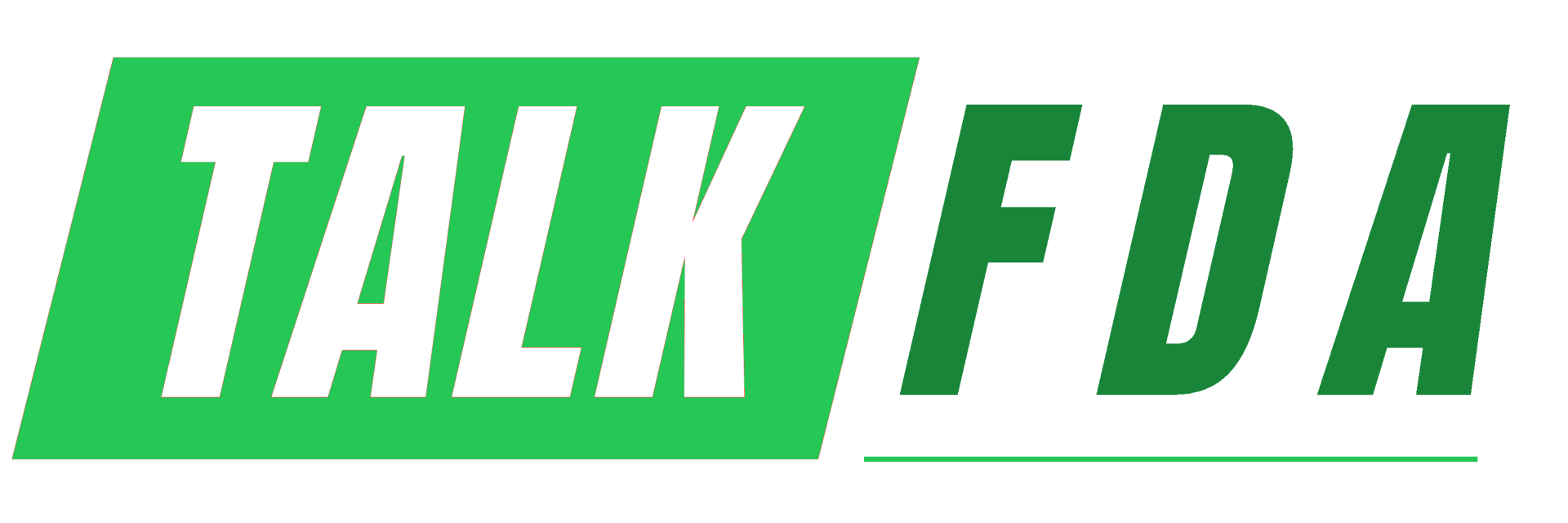If you’ve been in medical devices long enough, you’ve seen regulations evolve. But this time, it’s different. After nearly three decades, the FDA is retiring the Quality System Regulation (QSR) and ushering in the Quality Management System Regulation (QMSR), a complete modernization of 21 CFR Part 820.
➡ FDA QMSR & ISO 13485:2016 Internal Audit Checklist and
A Regulation Rewritten, Not Recycled
Key terminology has shifted:
From QSIT to CPG: The New Inspection Mindset
Critical Gaps You Can’t Ignore
Why 2026 Isn’t Just a Date
-
The FDA’s message is simple: two years is enough.
-
For companies, that means mapping every QSR process to ISO 13485, redefining documentation flow, retraining staff, and embedding risk thinking before enforcement starts.
-
Waiting until end of 2025 means competing for scarce auditors, consultants, and attention, while regulators finalize their inspection updates.
-
Early movers, on the other hand, will enter 2026 with confidence and predictability.
-
Think of this less as a compliance project and more as a strategic advantage.
-
The organizations that adapt early won’t just “pass audits”, they’ll run smarter, faster, and more globally aligned quality systems.
Free Resources for Your Transition
Final Word (If You’re Still Reading)
In 1996, QSR defined how the industry worked.
In 2026, QMSR will define how it thinks.
Compliance has evolved from paperwork to proof. From reactive correction to proactive prevention.
The real question now isn’t whether you’ll be compliant. It’s how mature your system will be when the FDA knocks.
The countdown is on.
And readiness starts here → The FDA QMSR and the Key Elements of QSIT cGMP Inspection and Audits for Medical Device Manufacturers

